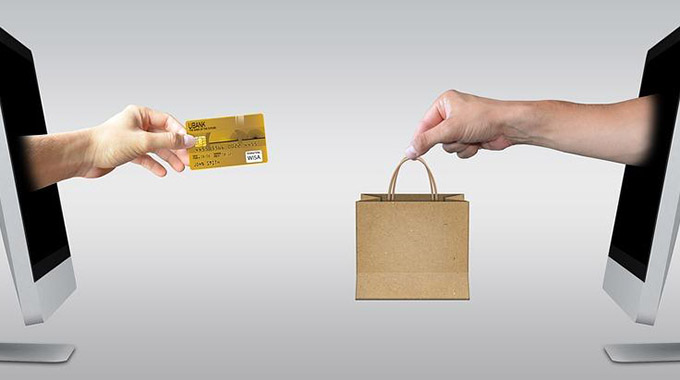Safeguards when buying second-hand assets

Godknows Hofisi
Introduction
Transactions involving the sale of second-hand assets are quite common.
Such second-hand or used physical assets include movable and immovable assets. Movable assets include motor vehicles, plant, and machinery, furniture, computer equipment, etc.
Immovable assets are usually in the form of land or land and buildings.
Many times I have been consulted at the time of drafting agreements or contracts, especially the use of the “voetstoots” or “as is” disclaimer or exemption.
I have also been consulted by parties aggrieved by “voetstoots” contracts when they allege misrepresentation before or tampering with the condition of the asset after conclusion of the sale transaction.
In this article, I address safeguards that parties may include in contracts involving the sale of second-hand assets.
Disclaimer by seller through “voetstoots” exemption
There is a common disclaimer or exemption known to many people as “voetstoots”. Its simplified version in English is “as is”. In some agreements instead of the word “voetstoots” use is made of the wording “as is” or “as it stands” referring to the condition of the physical asset. The wording appears harmless until there is a problem with the condition of the second-hand items after signing the agreement of sale.
Voetstoots is an adjective included in a sale transaction in which the seller is freed from all responsibility for the condition of the goods being sold.
Put differently, the seller will be transacting without responsibility for the condition of the goods sold. According to various literature, I have read “voetstoots” is from the Dutch phrase “met de voet te stoten” which means “to push with the foot”.
At law it is reported to have its origins in South Africa’s Roman-Dutch law and to push a thing sold with one’s foot indicates delivery and that the purchaser should not come with complaints later.
In some agreements, I have seen some sellers insisting on being exempted from latent and patent defects. Latent defects are those that are not obvious to the naked eye whereas patent defects are noticeable and visible to a reasonable person who is diligent.
Safeguards by the purchaser
There are safeguards available to the purchaser as explained below:
- Physical inspection or examination of the goods
- Before transacting the purchaser should engage an expert to assess the condition of the asset. It may even be advisable to seek a second opinion if the value involved is high.
Take immediate delivery
Where possible it may be advisable to take delivery and remove the asset immediately upon conclusion of the transaction. The danger is that in a “voetstoots” transaction an unscrupulous seller or someone with access to the asset may strip the asset of important components before the purchaser takes delivery.
The seller’s defence will be that the asset was sold “as it was” and that the purchaser examined the asset to his or her satisfaction before transacting. It may also be that in the agreement the risk on the asset passes on to the purchaser upon signing of the agreement.
On the other hand, the purchaser will be aggrieved that after the transaction but before delivery, the asset was stripped.
It may be difficult to prove that indeed there was tampering with the asset after the transaction but before delivery. Further, the seller may argue that the tampering happened after delivery.
Passing of risk
The purchaser may insist that before delivery the risks on the asset should remain with the seller. The seller will be forced to protect the assets.
Misrepresentation
In some contracts, the seller is liable in the event of misrepresenting the condition of the asset.
Inspection prior to taking delivery
A purchaser is advised to inspect the asset at the point of taking delivery in case the asset’s condition has been tampered with.
Do not over-trust
In his book “Macbeth”, William Shakespeare wrote that “There is no art to find the mind’s construction in the face”. Even when parties are known to each other or their principals know each other’s “totem” it is still advisable to complete the formalities in case one of the parties does not have a reliable relationship with the truth.
Legal remedies
Legal remedies will to a large extent depend on the circumstances of the case.
Conclusion
Always consult your legal advisor for appropriate safeguards when transactions in second-hand assets.
Disclaimer
This simplified article is for general information purposes only and does not constitute the writer’s professional advice.
Godknows (GK) Hofisi, LLB(UNISA), B.Acc(UZ), CA(Z), MBA(EBS,UK) is a legal practitioner / conveyancer, chartered accountant, corporate rescue practitioner, registered tax accountant, consultant in deal structuring and business valuer. He is also a director with Investacare International (Private) Limited. He writes in his personal capacity. He can be contacted on +263 772 246










Comments